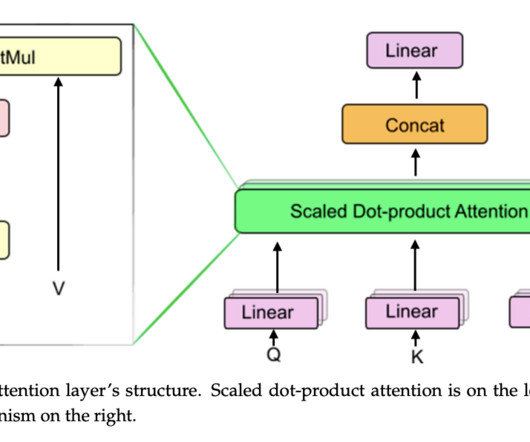AI Emotion Recognition and Sentiment Analysis (2025)
Viso.ai
OCTOBER 9, 2024
Emotion AI, also called Affective Computing, is a rapidly growing branch of Artificial Intelligence allowing computers to analyze and understand human language nonverbal signs such as facial expressions, body language, gestures, and voice tones to assess their emotional state. What is Emotion AI?










Let's personalize your content